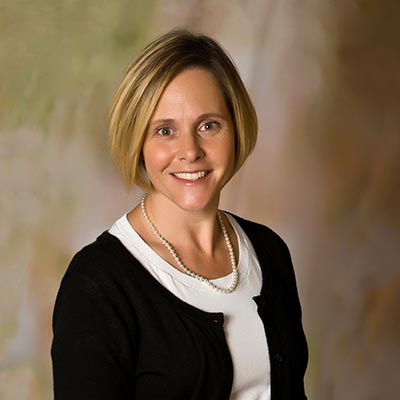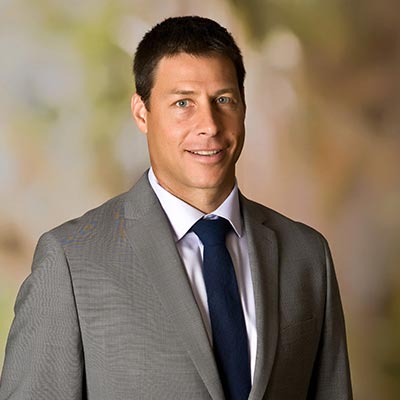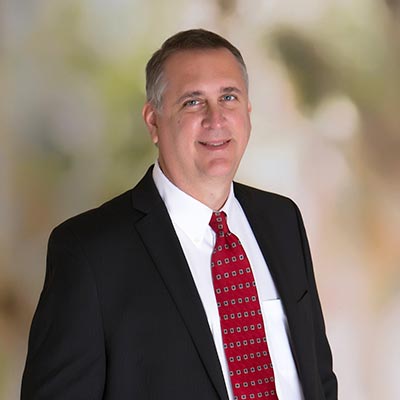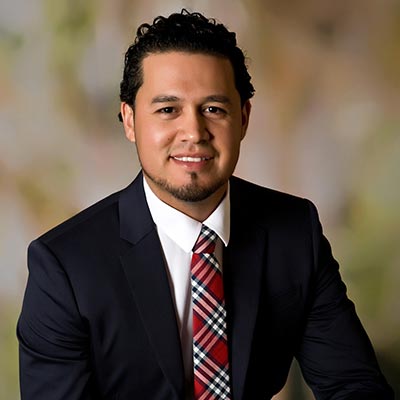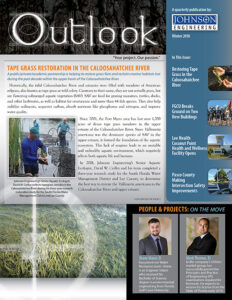 Historically, the tidal Caloosahatchee River and estuaries were filled with meadows of American eelgrass, also known as tape grass or wild celery. Contrary to their name, they are not actually grass, but are flowering submerged aquatic vegetation (SAV). SAV are food for grazing manatees, turtles, ducks, and other herbivores, as well as habitat for crustaceans and more than 44 fish species. They also help stabilize sediments, sequester carbon, absorb nutrients like phosphorus and nitrogen, and improve water quality.
Historically, the tidal Caloosahatchee River and estuaries were filled with meadows of American eelgrass, also known as tape grass or wild celery. Contrary to their name, they are not actually grass, but are flowering submerged aquatic vegetation (SAV). SAV are food for grazing manatees, turtles, ducks, and other herbivores, as well as habitat for crustaceans and more than 44 fish species. They also help stabilize sediments, sequester carbon, absorb nutrients like phosphorus and nitrogen, and improve water quality.
Since 2001, the Fort Myers area has lost over 1,200 acres of dense tape grass meadows in the upper estuary of the Caloosahatchee River. Since Vallisneria americana was the dominant species of SAV in the upper estuary, it formed the foundation of the aquatic ecosystem. This lack of seagrass leads to an unstable and unhealthy aquatic environment, which negatively affects both aquatic life and humans.
In 2018, Johnson Engineering’s Senior Aquatic Ecologist, David W. Ceilley and his team completed a three-year research study for the South Florida Water Management District and Lee County, to determine the best way to restore the Vallisneria americana in the Caloosahatchee River and upper estuary.
The research consisted of planting and monitoring the grasses growth, resilience, and flowering, while also protecting it from grazing predators and boaters. Throughout the study, the team encountered various situations and had to take corrective action to solve specific dilemmas. The type of seagrass, the soil, and as it turns out, the type and style of cage used to surround these grasses was extremely important to protecting them from damage. The team from Sea and Shoreline built special metal cages to surround the seagrass to protect it from grazers and allow it time to flower. This study was imperative in determining the final location and strategy to begin the restoration within the river and will increase the probability of success.
In October, Johnson Engineering, along with partners Angler Action Foundation (formerly Snook and Gamefish Foundation), Sea and Shoreline, and Florida Gulf Coast University (FGCU), began Phase I of the Tape Grass Restoration and Seed Stock Enhancements in the Caloosahatchee River estuary. This public/private/academic partnership project will consist of three phases. Phase 1 includes planting and protecting 20-acres of tape grass habitat at three locations in the Caloosahatchee upper estuary where water depths and sediment are suitable for growth and survival based on previous studies. Using a mechanical planting barge, two large wheels spin and bury hundreds of budding seagrass pods. The machine can plant one acre of seagrass per day. Phase II and Phase III are scheduled to take place in the Indian River Lagoon, other Caloosahatchee River locations, and other habitat-needy areas.
The Angler Action Foundation is overseeing the project, while Sea and Shoreline will be planting and protecting tens of thousands of plants in the upper estuary and maintaining enclosure cages for three years to get grass beds established. David W. Ceilley will continue leading a research team, in partnership with FGCU faculty and graduate students, to quantify the ecosystem services provided by this habitat restoration. Ecosystem services include improved fish and macroinvertebrate habitat, nutrient uptake, sediment stabilization, and water quality improvements.
This will be one of the most unique habitat revitalizations in this area of the Caloosahatchee. This research has determined that this tape grass is very resilient and has even survived during the blue-green algae blooms.
Johnson Engineering will continue to monitor the tape grass and document the environment, including fish and invertebrate recruitment, sediment stabilization, as well as nutrient and carbon uptake, throughout the restoration area. By restoring the tape grass in the Caloosahatchee River, it’s one step closer to helping get our ecosystem back on track.
For more information, contact David W. Ceilley at [email protected].













